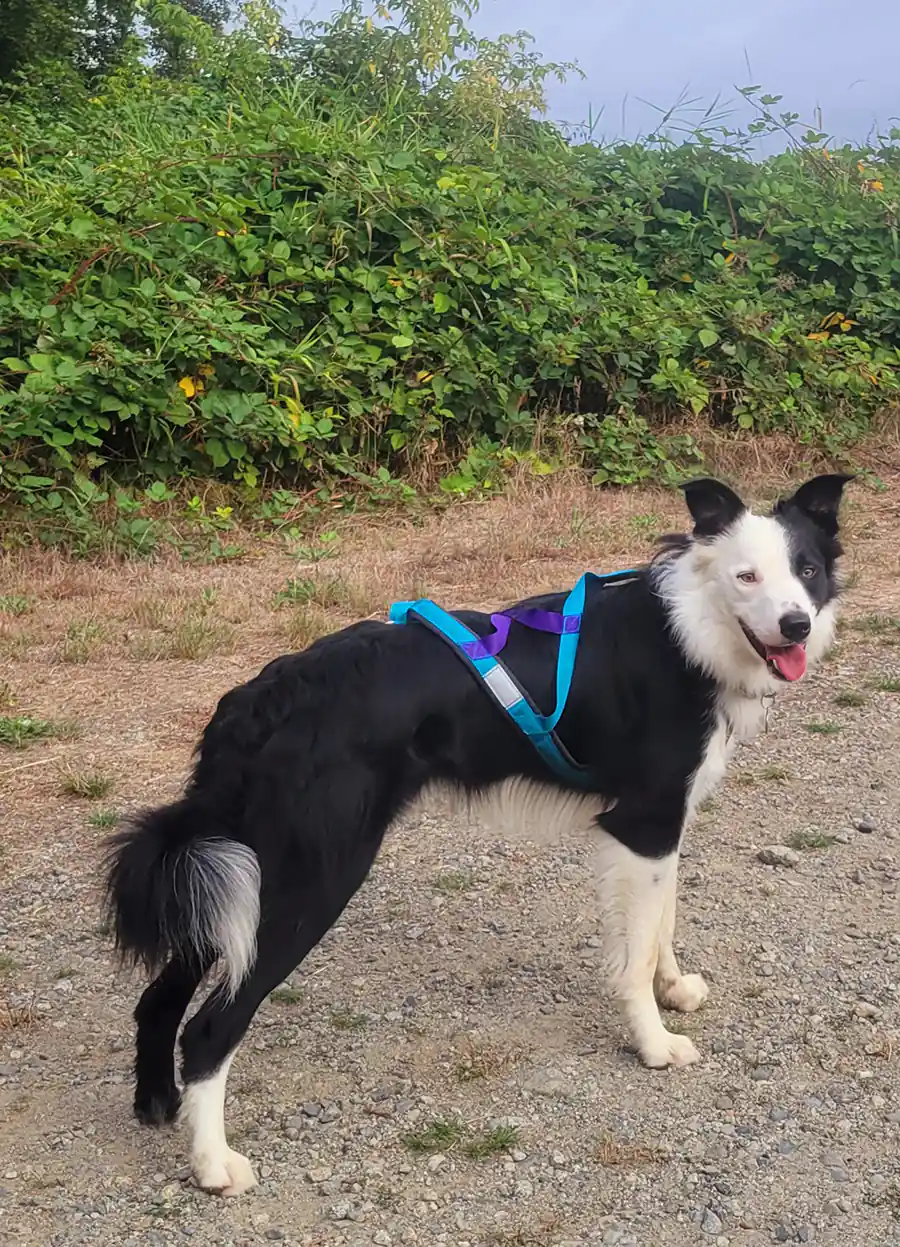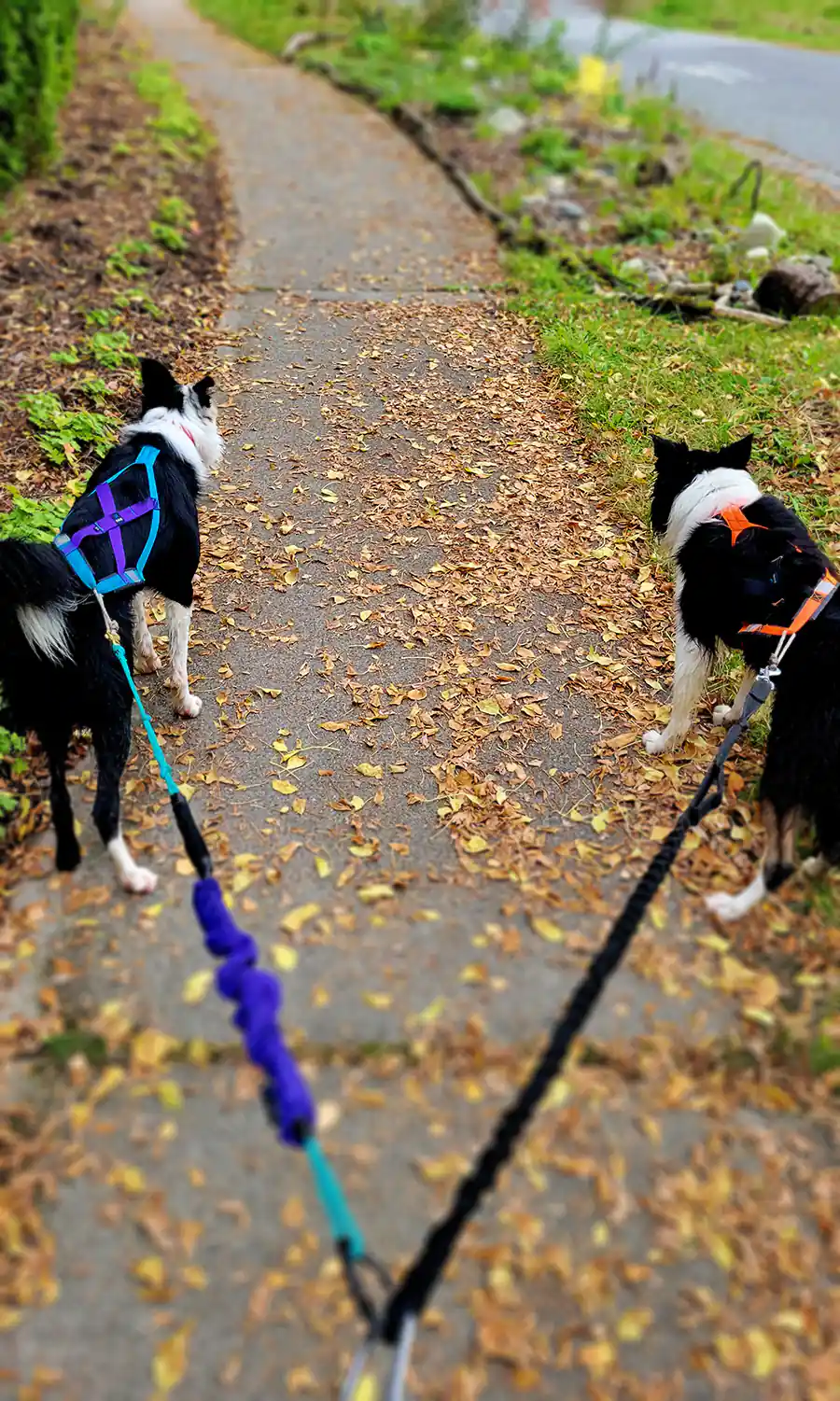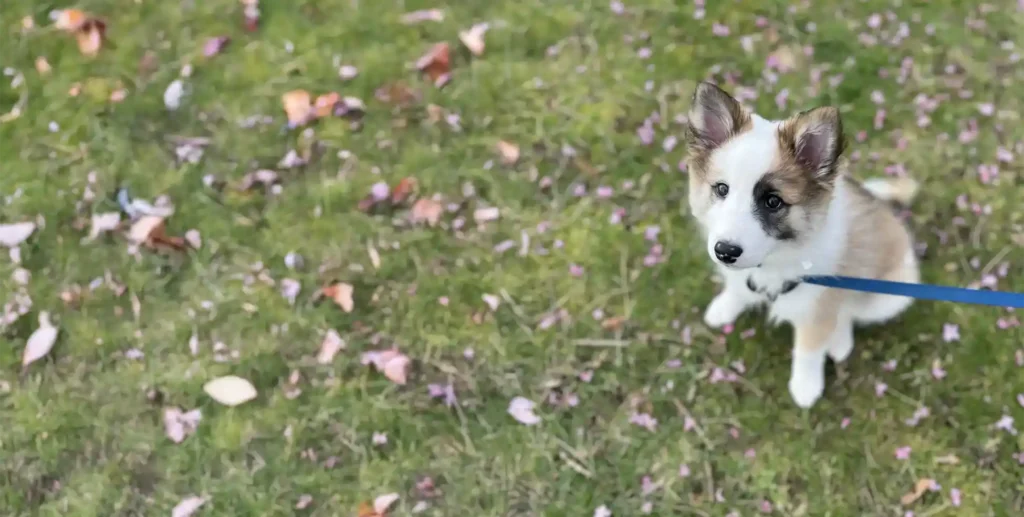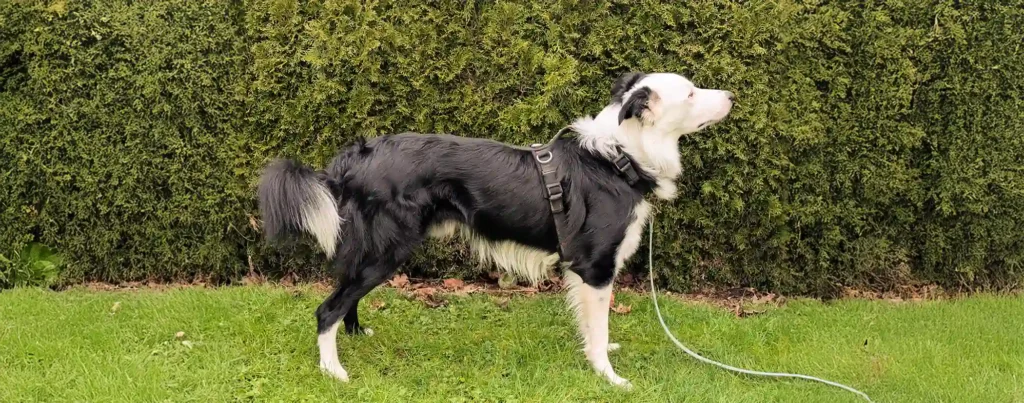Morning Routine: Hitting the Streets with My Border Collies
Most mornings when the alarm goes off at 7am, my dogs and I hit the streets and local parks for a morning run. We have a loop we do with short stops along the way; one hour later we return home, two tired border collies in check and I am ready to start my day.
Discovering Canicross: A Fun and Effective Workout
I began this form of exercise with my dogs after discussing the benefits of “weight pulling” exercises with my dogs’ physio (a flyball enthusiast who regularly has five dogs strapped to her belt). Because my dogs compete in the sport of agility, I am always looking at strength and endurance building exercises to keep them sound and injury-free. Running, or canicross as it is called, is an excellent cardio workout that builds the glutes, quads and the core in the dog. And it is just a whole lot of fun!
The Benefits of Canicross for All Dogs
You don’t need to be a dogsport competitor for your dog to enjoy the physical and mental benefits of canicross. You just need a mature (structural growth needs to be complete), physically sound and willing partner with good terrain to run or power walk on.
Getting Started: Essential Equipment for Canicross
I get requests from many of my active clients (the husky breed crowd for sure!) to guide them on what running with their dog looks like. The process is quite simple!
Choosing the Right Harness: Comfort and Safety First
The first step is to ensure good equipment for your dog. This starts with a specifically designed running harness. A proper pulling harness is not like the regular harness you would use for regular street walks or training. The front of the harness needs to be completely free from putting any points of pressure on your dog’s chest/shoulders or ribs. Pulling harnesses also lay further down the back of the dog so the leash, or point of pressure, clips to near the base of the tail. Leashes clipped mid back to a regular harness can strain an injury-prone part of the dog’s spine otherwise. We want to avoid that!
The Importance of a Bungee Leash and Runner’s Belt
Comfort is essential so that your dog enjoys the run as much as you do.
A bungee leash is used to absorb the shock or tension in the leash, and is clipped to a runner’s belt so your hands are free to move naturally and provide balance. The “pull” from your dog needs to come through your hips, so a properly fitted belt that sits below your waist will keep you upright and safe (especially if your dog sees a squirrel!). A bottle of water for rest breaks for the both of you and a good pair of grippy running/trail shoes round out the kit you need to get started. From there, the terrain is yours to choose.
Recommended Gear: My Go-To Canicross Equipment
My two favourite Canadian sources for cani-cross equipment are Nahak and Non-Stop Dogwear. My dogs are fitted with the Nahak pulling harnesses and bungee leashes.

Training Tips: Teaching Your Dog Directional Cues
I have taught my dogs three basic directional cues in agility that I also use in running with them. These cues provide information on the direction they are to go when coming upon a fork in our path. GO ON is my go-forward cue, and LEFT and RIGHT are my directionals.
An easy way to teach left and right cues is simply to layer the cue on your dog’s behaviour when they have to turn to the left or right. As your dog turns left, layer the cue LEFT LEFT LEFT, for instance. Your dog will start to associate the cue with their behaviour if you use your cues consistently. You can also use GO ON as your dog pulls forward. I have recently added an EASY cue to slow my dogs down at intersections or traffic lights.
Who Should Avoid Canicross?
While canicross can be enjoyed by almost all dogs, this activity is not appropriate for young dogs who are still growing, or highly reactive dogs. Size and breed doesn’t matter! Give it a try and feel free to reach out if you have any questions.
Enjoy the thrill of this shared activity with your best friend.



